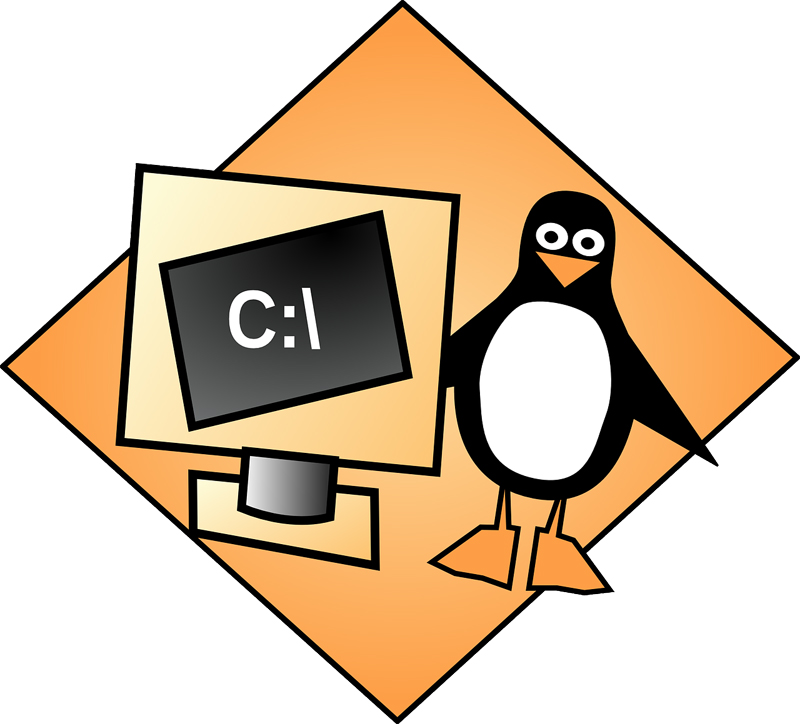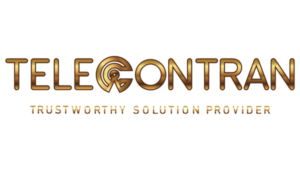Linux Fundamentals and System Administration
3 DAYS
INSTRUCTOR LED WORKSHOP WITH LIVE SYSTEM DEMONSTRATION
“OUR COURSES CAN BE SPECIALLY TAILORED TO ADDRESS YOUR REQUIREMENT – TELECONTRAN”

COURSE OBJECTIVES
Linux is the core component of a wide variety of different distributions used as a programming environment or cyber security or electronics and telecommunication projects.
This is a comprehensive 3-day Linux Fundamentals and System Administration workshop that provides in-depth coverage on Linux system fundamentals (the essentials of Linux) as well as administration that makes the participants completely knowledgeable of Linux Operating System.
This three-day instructor-led course is designed to provide participants with the necessary skills and abilities to work as a Linux system professional and explores different ways that Linux can be deployed within an organization. With a strong emphasis on command line administration, participants will learn how to manage user accounts, file systems, and processes while gaining hands-on experience installing, configuring, and administering a Linux system.
After successful completion of this workshop participants will be able to
- Maintain Linux systems in a networked business environment.
- Perform essential Linux commands such as installation, searches and manipulating files
- Operate running Linux systems by managing the boot process, scheduling jobs, updating the system, monitoring system performance and managing security
- Manage users and groups by adding/deleting/modifying and modifying user processes and resources
- Manage system storage by using partitions, logical volumes and physical volumes
- Ensure network performance via configuration, monitoring and routing of the traffic
- Configure server services such as NFS, HTTP, SSH and SELinux for tightening the security
- Understand how a Linux server can be integrated within a multi-platform environment.
- Make appropriate decisions during the configuration process to create a properly functioning Linux environment.
- Identify the different uses and advantages of Linux in a business environment in order to participate in discussions regarding network servers and services.
COURSE CURRICULUM
This course is intended for anyone who want to acquire the basic skills and knowledge needed to administer Linux machines as standalone workstations or in a network environment.

Introduction to Linux
- What is Linux?
- Who create Linux?
- History of Linux
- Open Source
- Linux Distributions (RedHat / Centos, Debian, Ubuntu, SUSE, Gentoo, Mint, Kali)
Installing Linux on virtual environment
- Obtaining installation media
- Obtaining virtualized software and preparation to install Linux
- Installing Linux OS
- Partition the disk
- Selecting the packages
- Final Configuration
- Installing updates
Linux File System and Directory Structure
- File system Hierarchy Standard (FHS)
- Top-Level Directories
- File System Categories
- Basic File Management
- Common File Types
- Compressing and Archiving
- Editing, File and Directory Operation,
- Linking and Searching
- Ownership, Access Permissions, Special Permissions
- Access Control List
Boot Process and Kernel
- Boot Process
- The Firmware Phase (BIOS and UEFI)
- The Bootloader Phase
- Kernel Phase
- The Initialization Phase
- The GRUB2 Bootloader
- Interacting and understanding GRUB2
- Linux Kernel
- Kernel Packages
- Analyzing and understanding Kernel Version and Kernel Directory Structure
Basic Linux Commands
- Listing Files and Directories
- Printing Working Directory
- Navigating Directories
- Identifying Terminal Device File
- Viewing System Information
- Viewing CPU Specs
- Other user level and administrative level essential commands
Linux User and Group Management
- User and Group Concepts
- Creating, modifying and deleting User Accounts
- Creating, modifying and deleting Group Accounts
- Password Aging and its management
- Default User Files/Substituting users (superuser)
- Local User Authentication Files (passwd, shadow)
- Owning user and group
- User Login Activity and Information
Bash Shell
- Internal and External Shell Commands
- Shell and Environment Variables
- Setting and Unsetting Variables
- Command and Variable, Tilde/Alias Substitutions
- Input, Output, and Error Redirections
- History Substitution
- Tab Completion
- Metacharacters and Wildcard Characters
- Piping Output of One Command as Input to Another
- Quoting Mechanisms and Regular Expressions
- Running and Controlling Jobs in Foreground and Background
- Shell Startup Files/System-wide Shell Startup Files/Per-user Shell Startup Files
Package Management
- Software Repositories
- Redhat Vs. Debian
- Redhat Tools – rpm and yum
- Debian Tools – dpkg and apt-get
- Package Overview
- Packages and Packaging
- Package Naming
- Package Dependency
- Package Database
- Package Management Tools
- Querying Packages
- Installing a Package
- Upgrading a Package
- Freshening a Package
- Overwriting a Package
- Removing a Package
- Extracting Files from an Installable Package
- Validating Package Integrity and Credibility
- Viewing GPG Keys
- Verifying Package Attributes
- Module Management
- Listing Available and Installed Modules
- Installing and Updating Modules
- Displaying Module Information
- Removing Modules
Process, Service and Task Management
- Process States
- Viewing and Monitoring Processes
- Listing a Specific Process
- Listing Processes by User and Group Ownership
- Understanding Process Niceness
- Viewing and Changing Process Niceness
- Renicing a Running Process
- Controlling Processes with Signals
- Controlling User Access
- Scheduler Log File
- Using at and crontab
Storage Partitioning
- Master Boot Record (MBR)
- GUID Partition Table (GPT)
- Disk Partitions
- Storage Management Tools
- Logical Volume Manager (LVM)
- Physical Volume
- Volume Group
- LVM Operations
Monitoring and Logging
- System Status – Resource Consumption
- System Status – Memory Usage
- System Status – I/O Activity
- System Status – CPU Usage
- Resource Usage – Trends
- top, iostat, vmstat, sar commands
- Troubleshooting Methods
- System Logging
Local and Remote File System administration
- File Systems and File System Types
- Extended File Systems
- XFS File System
- VFAT File System
- ISO9660 File System
- Determining Current Swap Usage
- Prioritizing Swap Spaces
- Swap Administration Commands
- Network File System
- Auto File System (AutoFS)
Networking and Firewall
- IPv4 Fundamentals
- TCP/UDP Fundamentals
- Linux Network Interfaces
- Configuring Network Interfaces
- Services & Ports
- Network Diagnostics
- ping / telnet / ssh / netstat tool
- Overview of firewall
- firewall Zones
- Zone Configuration
- firewall Services
- Service Configuration
- Firewall Management
- Configuring Rules
- Querying the Operational Status of firewall
Time Synchronization
- Time Synchronization
- Time Sources
- NTP Roles
- Stratum Levels
- Chrony Configuration File
Security Enhanced Linux
- Terminology
- SELinux Administration
OUR HAPPY CLIENTS
WHAT OUR CLIENTS SAY ABOUT TELECONTRAN !!
The training was very good, informative and I gained a lot of knowledge on Linux.
The whole course content on BIG DATA Analytics and how the course was outlined and the way it was presented, all in all it was awesome.
The trainer and the hands-on sessions were fantastic and this workshop helped me to learn about PowerBI and Cyber Security.
This course covered most of the basis of Data Centre infrastructure, specially deigning and maintaining the data centre.
The training was beneficial as the information shared throughout were new and we hope to use all of this information as a guidance for us to develop the necessary regulatory approach for future deployment of data centre in our country.

